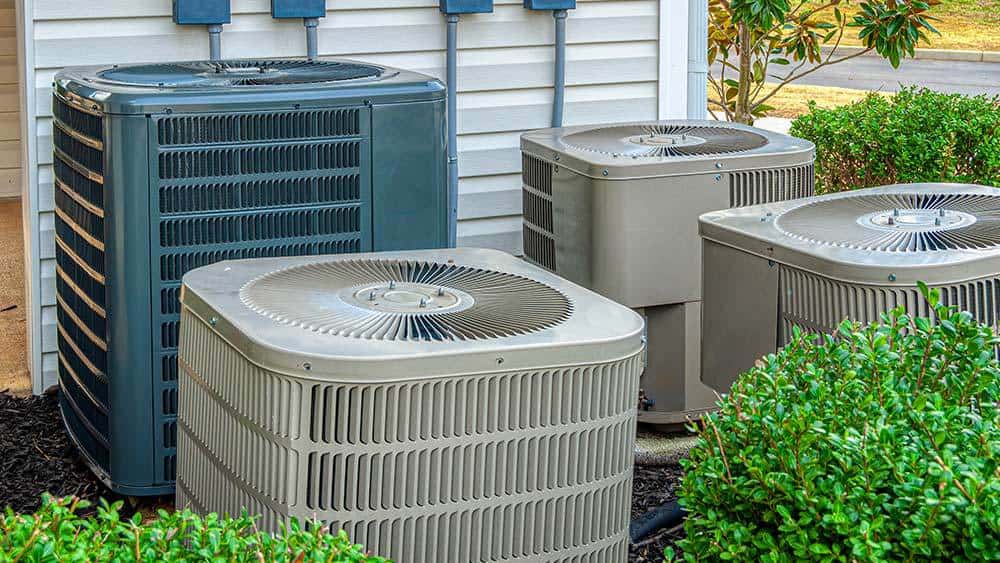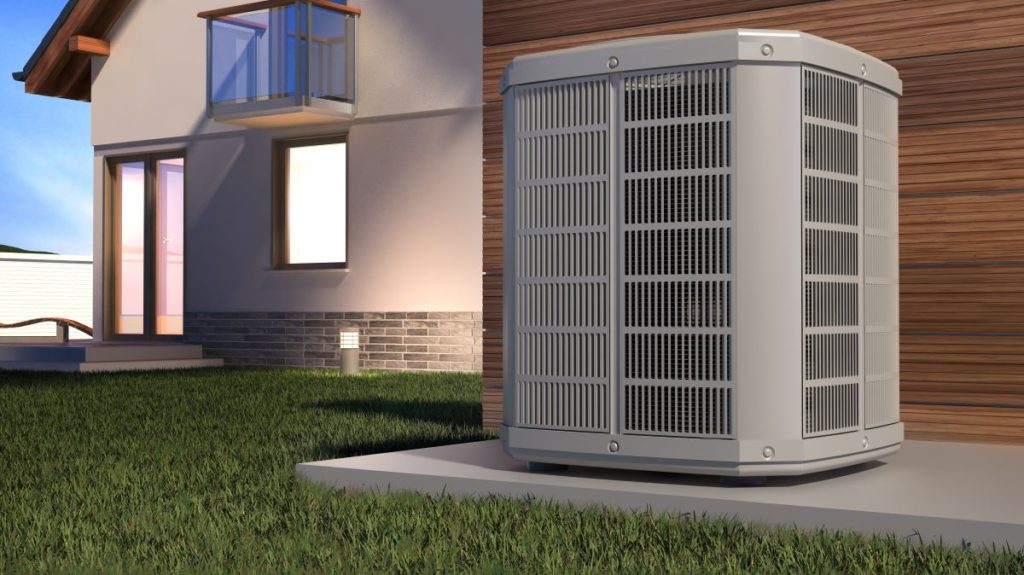All You Need To Know About HVAC Financing: HVAC Financing 101
We're exploring the various types of HVAC financing, from personal loans and home improvement financing to equipment financing and manufacturer options.

When your HVAC system needs replacement or major repairs, financing can make the difference between immediate comfort and prolonged discomfort.
This comprehensive guide explores all your HVAC financing options to help you make an informed decision.

HVAC System Costs: What to Expect
Average Costs for HVAC Projects:
- Complete System Replacement: $5,000 - $10,000
- AC Unit Only: $3,500 - $7,500
- Furnace Only: $2,500 - $6,000
- Heat Pump: $4,000 - $8,000
- Installation Labor: $500 - $2,500
Note: Prices vary by location, system size, and efficiency rating
Types of HVAC Financing
1. Personal Loans
Best for: Quick funding without home equity
- Interest rates: 6-36% APR
- Terms: 2-7 years
- No collateral required
- Fast approval process
- Fixed monthly payments
2. Home Equity Options
Best for: Homeowners with equity
- Interest rates: 3-7% APR
- Terms up to 30 years
- Tax-deductible interest possible
- Lower monthly payments
- Larger loan amounts
3. HVAC Company Financing
Best for: Convenient one-stop solution
- Often includes special promotions
- Manufacturer rebates possible
- Quick approval process
- Combined equipment and labor costs
- Flexible payment options
4. Credit Cards
Best for: Short-term financing
- 0% APR promotional periods
- Immediate availability
- Flexible payment options
- Reward points possible
- No additional application
Financing Options Comparison
| Option | Interest Rates | Approval Time | Best For |
|---|---|---|---|
| Personal Loan | 6-36% | 1-7 days | Good credit borrowers |
| Home Equity | 3-7% | 2-4 weeks | Long-term financing |
| Company Financing | Varies | Same day | Immediate needs |
| Credit Card | 0-28% | Instant | Short-term/emergencies |

Qualifying for HVAC Financing
Credit Score Requirements:
- Excellent (720+): Best rates and terms
- Good (680-719): Competitive options
- Fair (640-679): Limited options
- Poor (<640): Special programs needed
Required Documentation:
- Proof of income
- Bank statements
- Tax returns
- Property information
- HVAC project quote
Smart Financing Tips
Before Applying:
- Get multiple system quotes
- Compare financing options
- Check for rebates and incentives
- Review energy efficiency ratings
- Calculate potential energy savings
Red Flags to Watch For:
- Unusually high interest rates
- Hidden fees
- Prepayment penalties
- Pressure to decide quickly
- Unclear terms
What Credit Score Do I Need for HVAC Loans?
The required credit score for HVAC financing largely depends on the lender. However, a higher credit score generally results in better loan terms, including lower interest rates. Some lenders may offer HVAC financing for credit scores as low as 580, but for the most favorable terms, a score of 700 or more is typically preferred.
How to Qualify for Better HVAC Financing
Securing better terms for your HVAC financing essentially boils down to improving your creditworthiness in the eyes of lenders. Here are a few strategies:
Improve Your Credit Score: Regularly review your credit report, pay your bills on time, and reduce outstanding debt to improve your credit score.
Shop Around: Different lenders offer different terms. Take the time to compare offers and negotiate for better terms.
Consider a Co-signer: If you have a low credit score, consider applying with a co-signer who has a strong credit history.
Provide a Down Payment: If possible, offer a down payment. This can reduce the overall HVAC financing cost and demonstrate to lenders that you're capable of saving and managing your finances.
HVAC Financing Alternatives
Borrowers with poor credit—or those with no credit at all—may not qualify for traditional HVAC financing.
Likewise, a personal loan may not be the best solution for every HVAC project. Consider these alternatives if traditional HVAC financing isn’t a good fit:
HVAC Company Financing
If your efforts to get a traditional personal loan aren’t successful, the HVAC company you’re working with may offer an in-house financing option.
Some HVAC contractors also partner with local lenders to offer loans. This is often the most convenient option, as many contractors and lending partners allow homeowners to combine their installation and equipment costs into one payment plan.
:max_bytes(150000):strip_icc()/GettyImages-1203763961-880a467befb64f39856f3fc7904ae12a.jpg)
0% APR Credit Card
A 0% APR credit card offers borrowers an introductory period—usually between six and 18 months—with a promotional 0% APR.
These cards are often reserved for the most creditworthy borrowers, but they can be an excellent HVAC financing option for those who qualify.
Unlike a personal loan or other types of HVAC financing, the homeowner can access their credit line on an as-needed basis, and interest does not accrue until the promotional period ends.
This means you can pay for a new HVAC or repairs when the need arises, then delay payment without increasing the overall cost of the system.
Once the 0% term is over, though, interest will accrue at the usual rate (generally between 13% and 28%).
Government-backed Loan
Depending on your needs and circumstances, a government-backed loan may be an option. The Department of Housing and Urban Development works with homeowners to make their homes more livable and useful through Federal Housing Administration (FHA) Title 1 loans.
Alternatively, an FHA 203(k) loan can help you refinance your current mortgage to cover HVAC costs. Government-backed loans can save you money on financing, but each program has its own requirements, and the application process can slow down the installation of a new system.
Conclusion
In conclusion, HVAC financing is a critical component of construction finance, one that requires careful consideration and understanding. By exploring and understanding the different financing options, their requirements, and how they fit into your financial situation, you can make informed decisions that align with your financial and construction objectives.
Remember, the world of HVAC financing is as diverse as it is complex. There's no 'one-size-fits-all' solution. The best financing option for you will depend on a variety of factors, and armed with the right knowledge, you can navigate this landscape confidently and effectively.

However, the journey doesn't stop here. HVAC financing, like any other realm of finance, is constantly evolving. New options, products, and policies are continually emerging, making the landscape ever-changing and dynamic. Staying updated and informed is key to making the best decisions when it comes to financing your HVAC needs.
Ultimately, the best financing option depends on your unique circumstances. It's crucial to weigh the pros and cons of each financing method, consider your financial situation, and choose the one that aligns best with your long-term goals and current needs.
